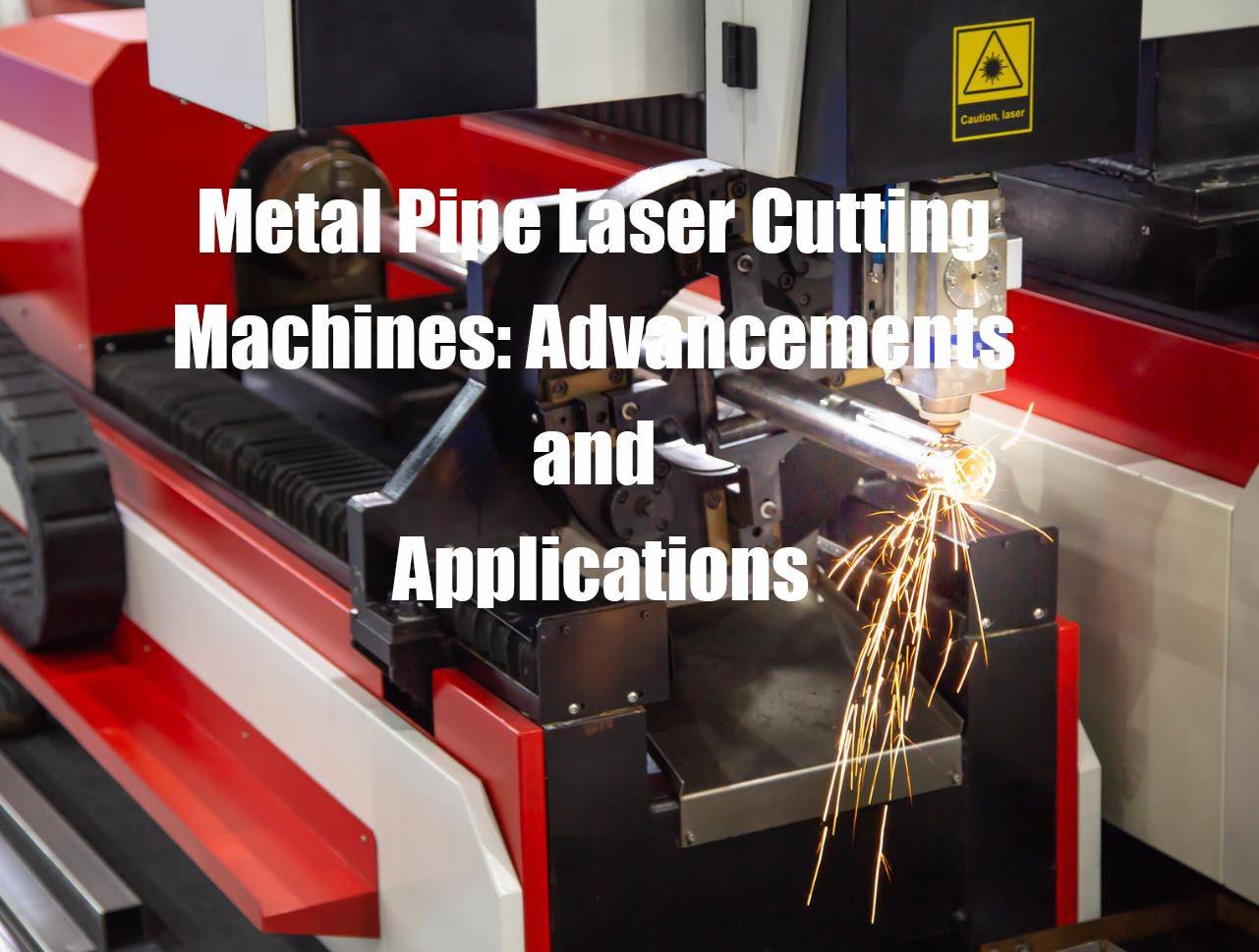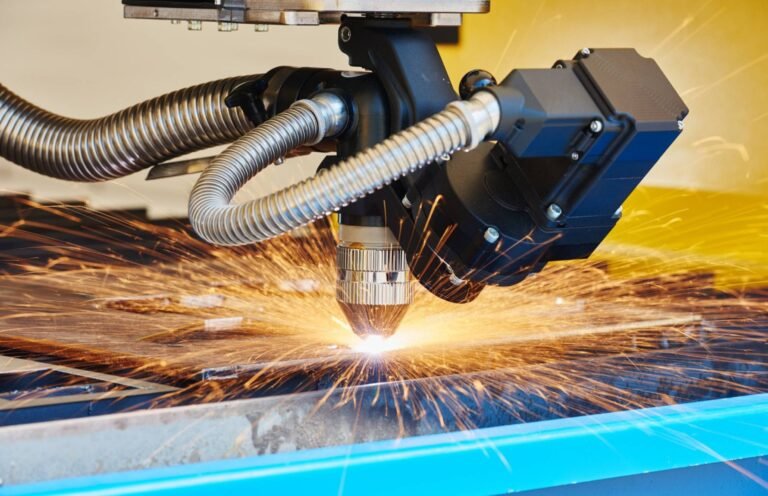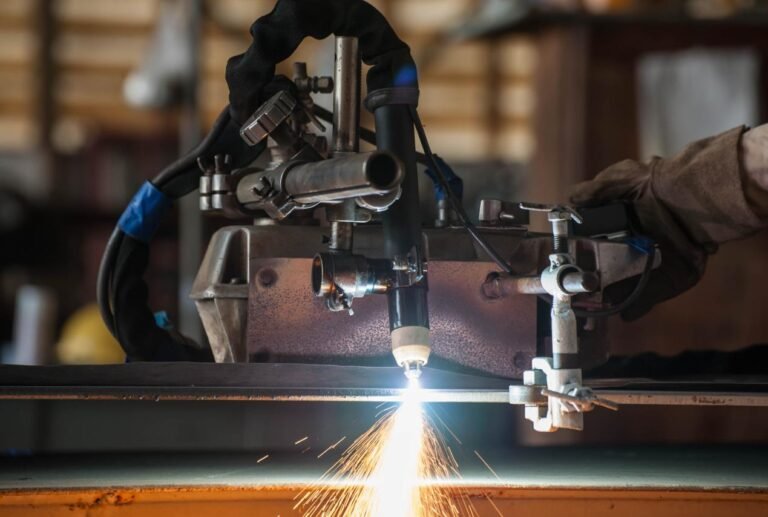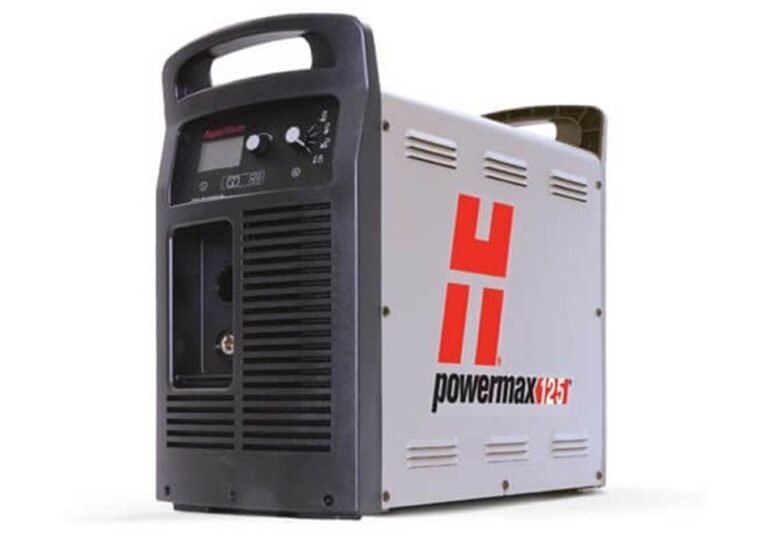Metal Pipe Laser Cutting Machines: Advancements and Applications
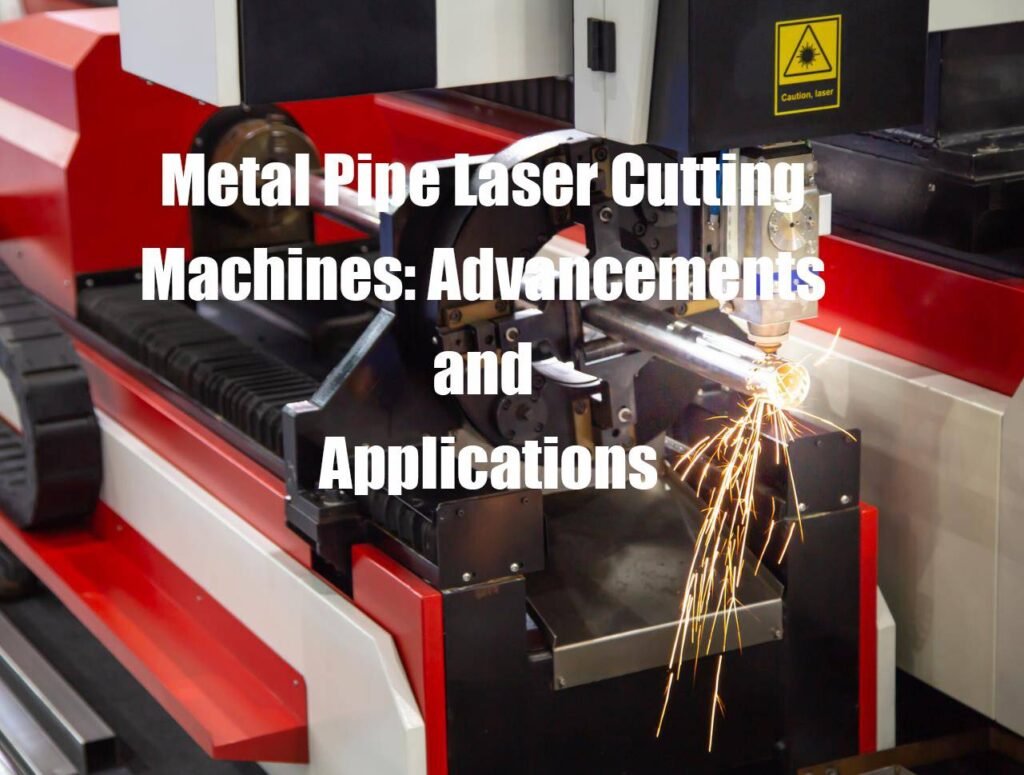
I. Introduction
The history of metal cutting can be traced back to ancient civilizations, where metal tools were used for various purposes, from agricultural implements to weapons of war. Over time, techniques for cutting metal have evolved, leading to the development of modern cutting technologies such as plasma, waterjet, and laser cutting. Among these cutting techniques, laser cutting has emerged as a powerful and precise method that revolutionized the manufacturing industry. This essay will explore the advancements and applications of metal pipe laser cutting machines, which have become indispensable in various sectors.
II. Principles of Laser Cutting
A. Definition and basics of laser technology
Laser, an acronym for Light Amplification by Stimulated Emission of Radiation, is a device that generates a highly focused, intense, and coherent beam of light. The laser beam’s energy is concentrated in a small area, allowing it to cut, engrave, or modify the surface of various materials. In metal cutting applications, the laser’s energy is absorbed by the workpiece, which leads to localized heating and subsequent cutting.
B. Types of lasers used in metal cutting
- CO2 lasers
Carbon dioxide lasers have been in use for metal cutting applications since the 1960s. These lasers use a gas mixture, primarily consisting of carbon dioxide, as the active medium. CO2 lasers are suitable for cutting a wide range of materials, including metals, plastics, and wood. However, their efficiency tends to decrease when cutting thicker metals or materials with high reflectivity.
- Fiber lasers
Fiber lasers have gained popularity in recent years due to their high efficiency, excellent beam quality, and compact design. They use an optical fiber doped with rare-earth elements as the gain medium. Fiber lasers have a higher absorption rate in metals than CO2 lasers, making them more suitable for cutting reflective metals like aluminum, copper, and brass.
- Nd:YAG lasers
Neodymium-doped yttrium aluminum garnet (Nd:YAG) lasers are solid-state lasers that use a crystal as the active medium. While they are capable of cutting metals, their efficiency is lower than that of CO2 and fiber lasers, and they have a limited range of materials they can effectively cut.
C. Laser cutting process
The laser cutting process can be divided into three main mechanisms:
- Vaporization
In vaporization cutting, the laser beam heats the material to a temperature high enough for it to vaporize. The vaporized material is then expelled from the kerf, resulting in a clean and precise cut.
- Melt and blow
In the melt and blow process, the laser beam melts the material, while a high-pressure gas (usually nitrogen, oxygen, or air) blows away the molten material from the cutting zone. This method is commonly used for cutting metals, as it provides a high-quality cut with minimal heat-affected zones.
- Thermal stress cracking
Thermal stress cracking occurs when the laser beam induces a thermal gradient in the material, causing it to crack along the path of the beam. This method is less commonly used for metal cutting but is suitable for materials like glass or ceramics that are prone to cracking due to thermal stress.
III. Components of Metal Pipe Laser Cutting Machines
A. Laser source
The laser source is the heart of the cutting machine, generating the beam required for cutting. Depending on the type of laser (CO2, fiber, or Nd:YAG), the laser source can vary in size, complexity, and efficiency.
B. Beam delivery system
The beam delivery system comprises mirrors, lenses, and other optical components that guide the laser beam from the source to the workpiece. This system ensures that the beam remains focused and stable throughout the cutting process, minimizing energy loss and maintaining cutting quality.
C. Workpiece holding system
The workpiece holding system is designed to securely hold and position the metal pipe during the cutting process. This system may include clamps, chucks, or other fixtures that ensure the workpiece remains stationary and properly aligned with the laser beam.
D. CNC control system
Computer Numerical Control (CNC) systems are responsible for controlling the movement of the laser cutting machine’s components. By interpreting CAD files or G-code, the CNC system guides the laser head and workpiece holding system along the desired cutting path, ensuring precision and accuracy.
E. Gas-assist system
The gas-assist system delivers a high-pressure gas, such as nitrogen or oxygen, to the cutting zone. This gas aids in removing molten material, preventing oxidation, and reducing the heat-affected zone, resulting in cleaner cuts and better overall quality.
F. Protective housing and safety features
Metal pipe laser cutting machines are enclosed within protective housings, which shield operators from potentially harmful laser radiation and debris. Safety features, such as interlocks, emergency stop buttons, and warning signs, are also essential components of these machines to ensure a safe working environment.
IV. Advantages of Metal Pipe Laser Cutting Machines
A. High precision and accuracy
One of the most significant benefits of metal pipe laser cutting machines is their ability to produce high-precision and accurate cuts. The focused laser beam enables tight tolerances and intricate patterns to be cut with ease, making it ideal for applications requiring complex shapes and intricate designs.
B. Improved cutting speed
Laser cutting machines can cut metal pipes at a much faster rate than traditional cutting methods, such as plasma or waterjet cutting. This increased speed translates into shorter production times, allowing manufacturers to meet tight deadlines and improve overall productivity.
C. Minimal material wastage
The precision and accuracy of laser cutting machines result in minimal material wastage, as the cutting process produces narrow kerfs and minimal heat-affected zones. This attribute not only reduces material costs but also contributes to a more sustainable manufacturing process.
D. Ability to cut complex shapes
Laser cutting machines can cut a wide variety of complex shapes, patterns, and geometries that would be challenging or impossible to achieve with other cutting methods. This versatility makes laser cutting an ideal choice for industries requiring intricate designs and custom components.
E. Enhanced safety and automation
Modern metal pipe laser cutting machines are equipped with advanced safety features and automation capabilities, reducing the need for human intervention and minimizing the risk of accidents or injuries.
V. Applications of Metal Pipe Laser Cutting Machines
A. Automotive industry
Laser cutting is widely used in the automotive industry for producing components such as exhaust systems, chassis parts, and body panels. The precision, speed, and flexibility of laser cutting make it a popular choice for automotive manufacturers.
B. Construction and infrastructure
In the construction and infrastructure sectors, metal pipe laser cutting machines are used for cutting structural steel, support beams, and other essential components. The precision and efficiency of laser cutting ensure that these components are manufactured to exact specifications, improving overall structural integrity.
C. Energy sector
The energy sector, including oil and gas, wind, and solar, relies on metal pipe laser cutting machines for manufacturing components such as pipelines, support structures, and solar panel frames. The accuracy and speed of laser cutting machines enable these industries to meet strict quality and safety standards.
D. Aerospace and defense
Laser cutting machines play a crucial role in the aerospace and defense industries, where precision and quality are paramount. Components such as turbine blades, airframe structures, and engine parts are often manufactured using laser cutting technology due to its accuracy, speed, and ability to cut complex shapes.
E. Manufacturing and fabrication
Metal pipe laser cutting machines are used in various manufacturing and fabrication processes, from producing custom machinery components to creating intricate metal artwork. The versatility, precision, and efficiency of laser cutting technology make it a popular choice for a wide range of applications in these industries.
F. Medical devices and equipment
The medical device and equipment industries require high precision and strict quality control, making laser cutting machines an ideal choice for manufacturing components such as surgical instruments, implants, and diagnostic equipment. The ability to produce intricate and accurate cuts ensures that these devices meet the highest standards of quality and safety.
G. Electronics and semiconductors
Metal pipe laser cutting machines are used in the electronics and semiconductor industries to produce components such as heat sinks, connectors, and shielding. The precision and accuracy of laser cutting technology enable the creation of intricate designs and tight tolerances necessary for the proper functioning of electronic devices and components.
VI. Future Trends and Innovations in Metal Pipe Laser Cutting Machines
A. Integration of machine learning and artificial intelligence
The integration of machine learning and artificial intelligence (AI) into metal pipe laser cutting machines is expected to revolutionize the industry. These technologies can improve cutting performance, reduce material waste, and optimize production processes, resulting in higher efficiency and cost savings for manufacturers.
B. Advancements in laser technology
Continued research and development in laser technology are expected to lead to more powerful, efficient, and versatile laser cutting machines. These advancements may include higher-powered lasers for cutting thicker materials, ultrafast lasers for improved cutting speed, and multi-wavelength lasers capable of processing a wider range of materials.
C. Increased adoption of automation and robotics
As the demand for automation and robotics in manufacturing continues to grow, metal pipe laser cutting machines are expected to become more integrated with these technologies. Automated material handling systems, robotic-assisted cutting processes, and advanced CNC control systems will all contribute to increased efficiency and productivity in laser cutting operations.
D. Development of eco-friendly laser cutting solutions
As environmental concerns become more prevalent, the development of eco-friendly laser cutting solutions will become increasingly important. This could involve improvements in energy efficiency, reductions in waste generation, and the development of more sustainable materials and processes for laser cutting applications.
VII. Conclusion
Metal pipe laser cutting machines have come a long way since their inception, transforming the way industries cut and process metal materials. With their ability to produce highly accurate and intricate cuts, these machines have become indispensable in various sectors, from automotive to medical devices. As technology continues to advance, the future of metal pipe laser cutting machines promises further improvements in efficiency, versatility, and sustainability, making them an essential tool in the modern manufacturing landscape.
